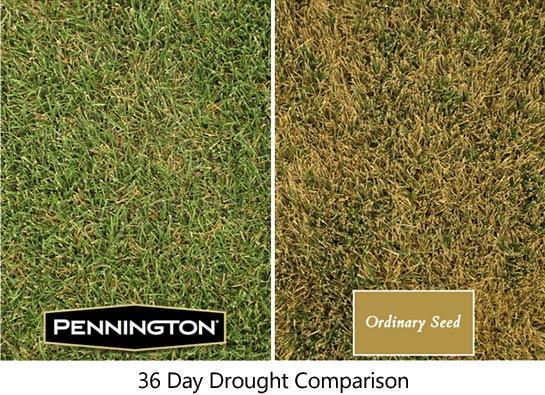Bermudagrass Area of Adaptation

Range of average annual minimum temperatures |
|||
|
Zone 3 (-35 F) (-37 C) |
|
||
|
Zone 4 (-25 F) (-32 C) |
Variety |
Climatic Zones |
|
|
Zone 5 (-15 F) (-26 C) |
Mohawk |
6-11 |
|
|
Zone 6 (-5 F) (-21 C) |
Princess 77 |
7-11 |
|
|
Zone 7 (5 F) (-15 C) |
Sahara |
7-11 |
|
|
Zone 8 (15 F) (-9 C) |
Sultan |
7-11 |
|
|
Zone 9 (25 F) (-4 C) |
Sydney |
7-11 | |
|
Zone 10 (35 F) (+2 C) |
Yuma | 7-11 | |
A grass variety’s winter hardiness is critical in deciding whether it is suitable for your area. In an attempt to answer questions regarding plant adaptability, years ago botanists and horticulturists started gathering weather records throughout North America to compile a database to show the average coldest temperatures for each region. These records were condensed into a range of temperatures and transformed into various zones of plant hardiness. Maps were then constructed to delineate these temperature zones. Today, the USDA map, which was last updated and released in 1990 (based on weather records from 1974-1986), is generally considered the standard measure of plant hardiness throughout much of the United States.
Princess 77 is considered to possess average cold tolerance and can be planted in areas where bermudagrass is naturally adapted (zones 7 – 11). However, this does not mean that instances of winter-kill could not occur under certain situations. If you are concerned about winter-kill in your area or you are located in climatic zone 6, consider planting a variety with improved cold tolerance such as Mohawk.



